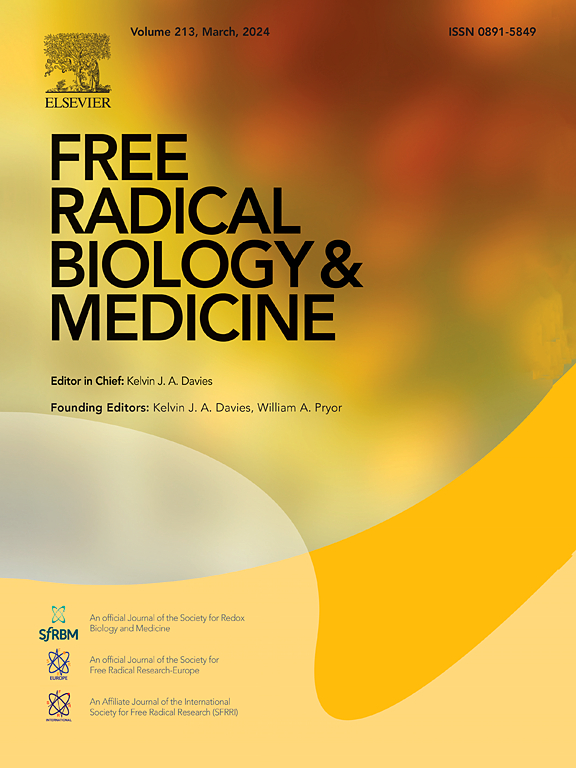S100A8 induces cyclophosphamide-induced alopecia via NCF2/NOX2-mediated ferroptosis
IF 7.1
2区 生物学
Q1 BIOCHEMISTRY & MOLECULAR BIOLOGY
引用次数: 0
Abstract
Chemotherapy-induced alopecia (CIA), commonly associated with agents such as cyclophosphamide (CYP), is a prevalent and distressing side effect of numerous chemotherapeutic treatments, significantly impacting patients’ quality of life. S100A8, a calcium-binding protein involved in inflammatory responses and oxidative stress regulation, plays a pivotal role in cellular homeostasis. In this study, we investigated the involvement of S100A8 in ferroptosis within a CYP-induced CIA mouse model. We found that CYP treatment upregulated S100A8, NCF2, and NOX2 while reducing GPX4 levels in hair follicles, indicating elevated oxidative stress and ferroptosis. Administration of the S100A8 inhibitor paquinimod (PAQ) alleviated alopecia and decreased markers of oxidative stress and ferroptosis. In vitro experiments using human outer root sheath keratinocytes (ORSKs) confirmed that S100A8 promotes ferroptosis via the NCF2/NOX2 pathway, as inhibition of NCF2 or NOX2 reversed these effects. These findings suggest that targeting the S100A8–NCF2/NOX2 axis may provide a novel therapeutic strategy for mitigating CIA induced by various chemotherapeutic agents.

求助全文
约1分钟内获得全文
求助全文
来源期刊

Free Radical Biology and Medicine
医学-内分泌学与代谢
CiteScore
14.00
自引率
4.10%
发文量
850
审稿时长
22 days
期刊介绍:
Free Radical Biology and Medicine is a leading journal in the field of redox biology, which is the study of the role of reactive oxygen species (ROS) and other oxidizing agents in biological systems. The journal serves as a premier forum for publishing innovative and groundbreaking research that explores the redox biology of health and disease, covering a wide range of topics and disciplines. Free Radical Biology and Medicine also commissions Special Issues that highlight recent advances in both basic and clinical research, with a particular emphasis on the mechanisms underlying altered metabolism and redox signaling. These Special Issues aim to provide a focused platform for the latest research in the field, fostering collaboration and knowledge exchange among researchers and clinicians.
 求助内容:
求助内容: 应助结果提醒方式:
应助结果提醒方式:


